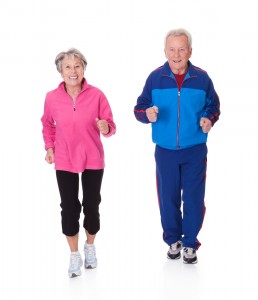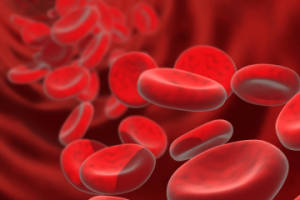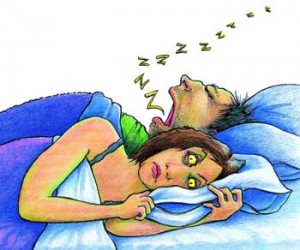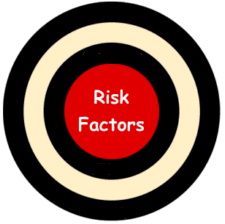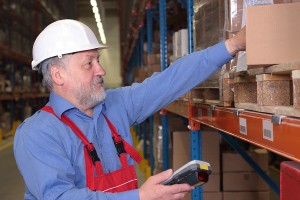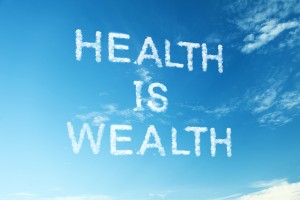 Just a few serious sunburns can increase your child’s risk of skin cancer later in life. Kids don’t have to be at the pool, beach, or on vacation to get too much sun. Their skin needs protection from the sun’s harmful ultraviolet (UV) rays whenever they’re outdoors.
Just a few serious sunburns can increase your child’s risk of skin cancer later in life. Kids don’t have to be at the pool, beach, or on vacation to get too much sun. Their skin needs protection from the sun’s harmful ultraviolet (UV) rays whenever they’re outdoors.
- Seek shade. UV rays are strongest and most harmful during midday, so it’s best to plan indoor activities then. If this is not possible, seek shade under a tree, an umbrella, or a pop-up tent. Use these options to prevent sunburn, not to seek relief after it’s happened.
- Cover up. Clothing that covers your child’s skin helps protect against UV rays. Although a long-sleeved shirt and long pants with a tight weave are best, they aren’t always practical. A T-shirt, long shorts, or a beach cover-up are good choices, too—but it’s wise to double up on protection by applying sunscreen or keeping your child in the shade when possible.
- Get a hat. Hats that shade the face, scalp, ears, and neck are easy to use and give great protection. Baseball caps are popular among kids, but they don’t protect their ears and neck. If your child chooses a cap, be sure to protect exposed areas with sunscreen.
- Wear sunglasses. They protect your child’s eyes from UV rays, which can lead to cataracts later in life. Look for sunglasses that wrap around and block as close to 100% of both UVA and UVB rays as possible.
- Apply sunscreen. Use sunscreen with at least SPF 15 and UVA and UVB protection every time your child goes outside. For the best protection, apply sunscreen generously 30 minutes before going outdoors. Don’t forget to protect ears, noses, lips, and the tops of feet.
Take sunscreen with you to reapply during the day, especially after your child swims or exercises. This applies to waterproof and water-resistant products as well.
Follow the directions on the package for using a sunscreen product on babies less than 6 months old. All products do not have the same ingredients; if your or your child’s skin reacts badly to one product, try another one or call a doctor. Your baby’s best defense against sunburn is avoiding the sun or staying in the shade.
Keep in mind, sunscreen is not meant to allow kids to spend more time in the sun than they would otherwise. Try combining sunscreen with other options to prevent UV damage.
via CDC – How Can I Protect My Children from the Sun? – Skin Cancer.
 Stress sets off an alarm in the brain, which responds by preparing the body for defensive action. The nervous system is aroused and hormones are released to sharpen the senses, quicken the pulse, deepen respiration, and tense the muscles. This response (sometimes called the fight or flight response) is important because it helps us defend against threatening situations. The response is preprogrammed biologically. Everyone responds in much the same way, regardless of whether the stressful situation is at work or home.
Stress sets off an alarm in the brain, which responds by preparing the body for defensive action. The nervous system is aroused and hormones are released to sharpen the senses, quicken the pulse, deepen respiration, and tense the muscles. This response (sometimes called the fight or flight response) is important because it helps us defend against threatening situations. The response is preprogrammed biologically. Everyone responds in much the same way, regardless of whether the stressful situation is at work or home.
